In the dynamic landscape of freight transport, ensuring the safe and secure movement of goods is paramount. At CarMax Vehicle, we understand that effective load security training is not just a regulatory requirement but a critical component that safeguards lives, protects assets, and enhances operational efficiency. This extensive guide delves into the multifaceted aspects of load security training, offering insights, best practices, and innovative strategies to elevate your transportation operations.
Understanding Load Security: The Foundation of Safe Transport
Load security encompasses the methods and practices employed to stabilize and secure cargo during transportation. Proper load securing prevents shifting, tipping, and potential accidents that can result from improperly balanced or inadequately restrained loads.
Key Components of Load Security
| Component | Description |
|---|---|
| Cargo Assessment | Evaluating the type, weight, and dimensions of the cargo to determine securing needs. |
| Securing Equipment | Utilizing appropriate straps, chains, binders, and other gear tailored to the cargo type. |
| Load Distribution | Ensuring even weight distribution to maintain vehicle stability and control. |
| Vehicle Compatibility | Matching load securing methods with the specific semi-trailer being used. |

Regulatory Framework Governing Load Security
Compliance with federal and state regulations is essential to avoid penalties and ensure safety. The Department of Transportation (DOT) provides comprehensive guidelines that govern load securing practices.
DOT Load Securement Standards
- 49 CFR Part 393: Specifies requirements for commercial motor vehicle inspections, including load securement checks.
- 49 CFR Part 396: Outlines standards for cargo securement devices, their usage, and maintenance protocols.
- 49 CFR Part 383: Details the rules for the safe scaling and certification of transportation devices.
Failure to adhere to these regulations can result in hefty fines, operational shutdowns, and increased liability in the event of accidents.
Best Practices in Load Securing: Strategies for Excellence
Implementing best practices in load securing is essential for minimizing risks and enhancing efficiency. Below are proven strategies to achieve optimal load security:
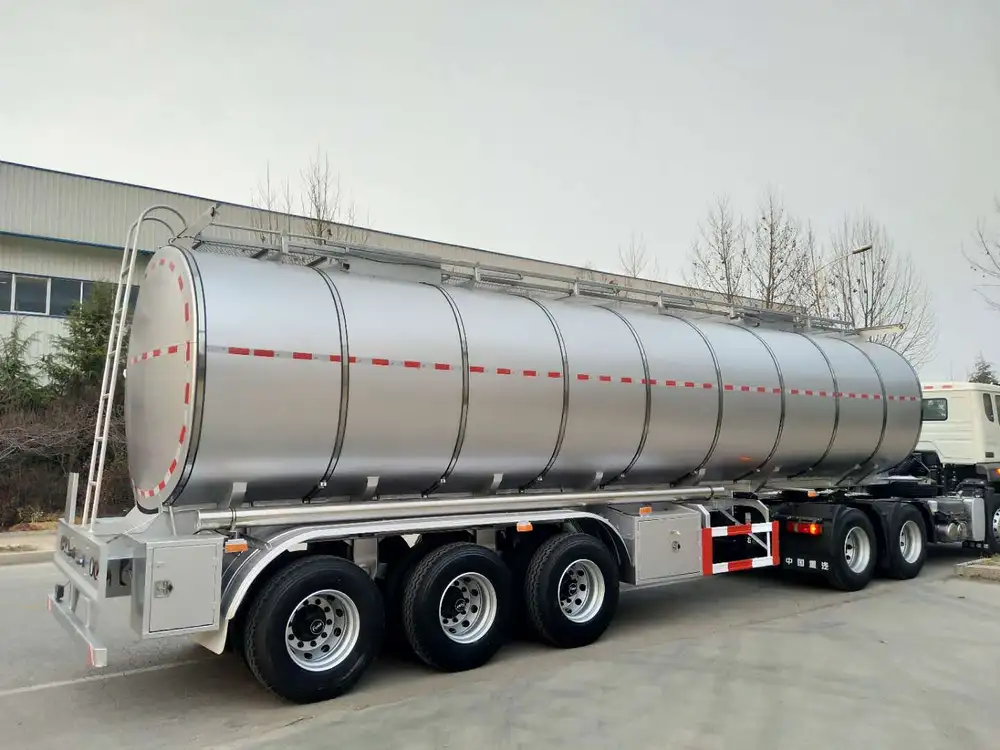
1. Comprehensive Cargo Inspection
Before loading, conduct a thorough inspection to identify potential hazards, such as sharp edges or protruding objects, that could compromise load stability.
2. Selecting the Right Equipment
Choose securing devices based on cargo characteristics. For instance, heavy machinery may require heavy-duty chains, while palletized goods might be best secured with ratchet straps.
3. Proper Load Distribution
Distribute weight evenly across the trailer to maintain balance. Heavier items should be placed over the trailer’s axle to optimize weight distribution and vehicle handling.
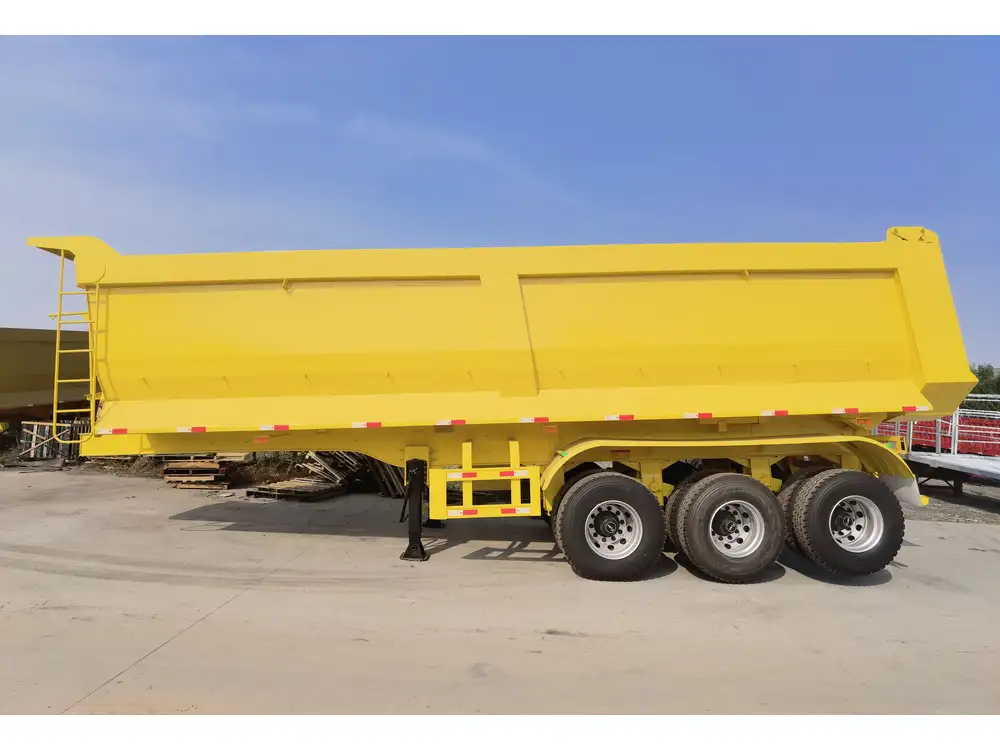
4. Regular Equipment Maintenance
Inspect securing devices regularly for wear and tear. Damaged equipment should be promptly replaced to ensure continued effectiveness.
5. Training and Certification
Ensure that all personnel involved in loading and securing cargo are adequately trained and certified in load security practices.
Advanced Techniques and Equipment for Superior Load Security
Embracing advanced techniques and state-of-the-art equipment can significantly enhance load securing capabilities.
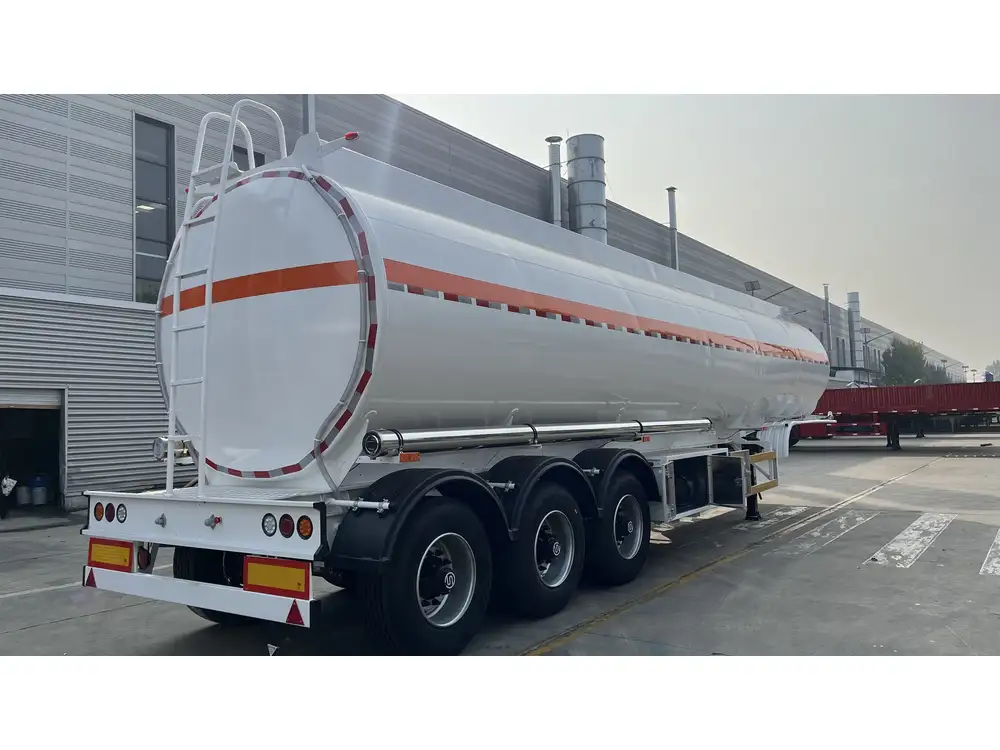
Innovative Securing Devices
- Load Bars: Provide additional support and prevent cargo from shifting vertically.
- E-Track Systems: Offer versatile anchoring points for various securing devices, accommodating different cargo types.
- Load-Sensing Sensors: Monitor load movement in real-time, alerting drivers to potential shifts during transit.
Automated Load Securing Systems
Automated systems streamline the securing process, reducing manual effort and increasing precision. These systems can adjust tension levels dynamically, ensuring consistent load stability throughout the journey.
Developing an Effective Load Security Training Program
A robust training program is the cornerstone of effective load security. Here’s how CarMax Vehicle structures its comprehensive training modules:

Training Modules Overview
| Module | Content Description |
|---|---|
| Introduction to Load Security | Fundamentals of load securing and its importance in transportation safety. |
| Regulatory Compliance | Detailed overview of DOT regulations and legal requirements for load securing. |
| Securing Techniques | Step-by-step instructions on various load securing methods and best practices. |
| Equipment Proficiency | Hands-on training with different securing devices and technologies. |
| Safety Protocols | Identifying and mitigating risks associated with load securing. |
| Emergency Procedures | Actions to take in case of load shifting or securing device failure during transit. |
Interactive Learning Approaches
- Hands-On Workshops: Practical sessions where trainees apply securing techniques under supervision.
- Simulation Exercises: Virtual scenarios that mimic real-world challenges in load securing.
- Assessment and Certification: Evaluations to ensure competency, culminating in official certification upon successful completion.
The Role of Semi-Trailers in Load Security
CarMax Vehicle specializes in designing and manufacturing semi-trailers that facilitate superior load security. Our trailers incorporate features that enhance cargo stability and simplify securing processes.

Innovative Trailer Features
- Adjustable Tie-Down Points: Allowing flexibility in securing various cargo sizes and shapes.
- Non-Slip Flooring: Prevents cargo movement caused by vibrations and braking.
- Integrated Load Sensors: Provide real-time feedback on load shifts, enabling immediate corrective actions.
Customizable Solutions
We offer tailor-made semi-trailers to meet specific industry requirements, ensuring that each load is supported by the most effective securing mechanisms.
Benefits of Comprehensive Load Security Training
Investing in load security training yields multifaceted benefits that extend beyond regulatory compliance.
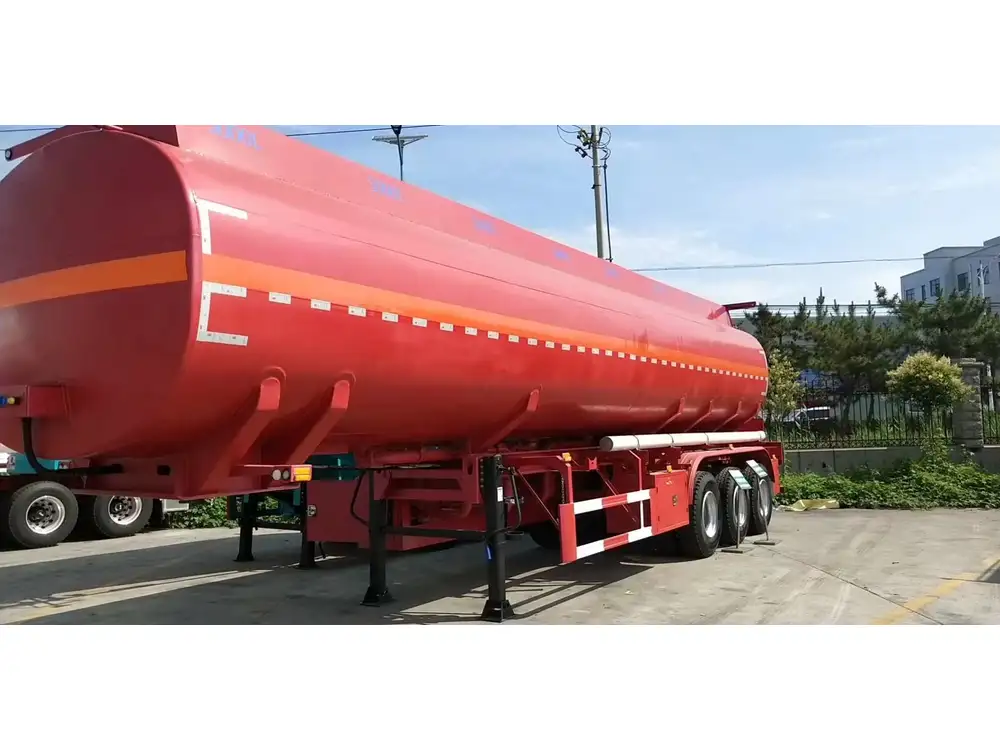
Enhanced Safety
Proper load securing minimizes the risk of accidents caused by shifting cargo, protecting drivers, other road users, and the integrity of goods transported.
Operational Efficiency
Efficient loading and securing processes reduce transit times, minimize delays caused by repositioning cargo, and optimize fuel consumption through improved vehicle handling.
Cost Reduction
Preventing cargo damage and reducing accident risks leads to lower insurance premiums, decreased liability claims, and fewer losses from damaged goods.
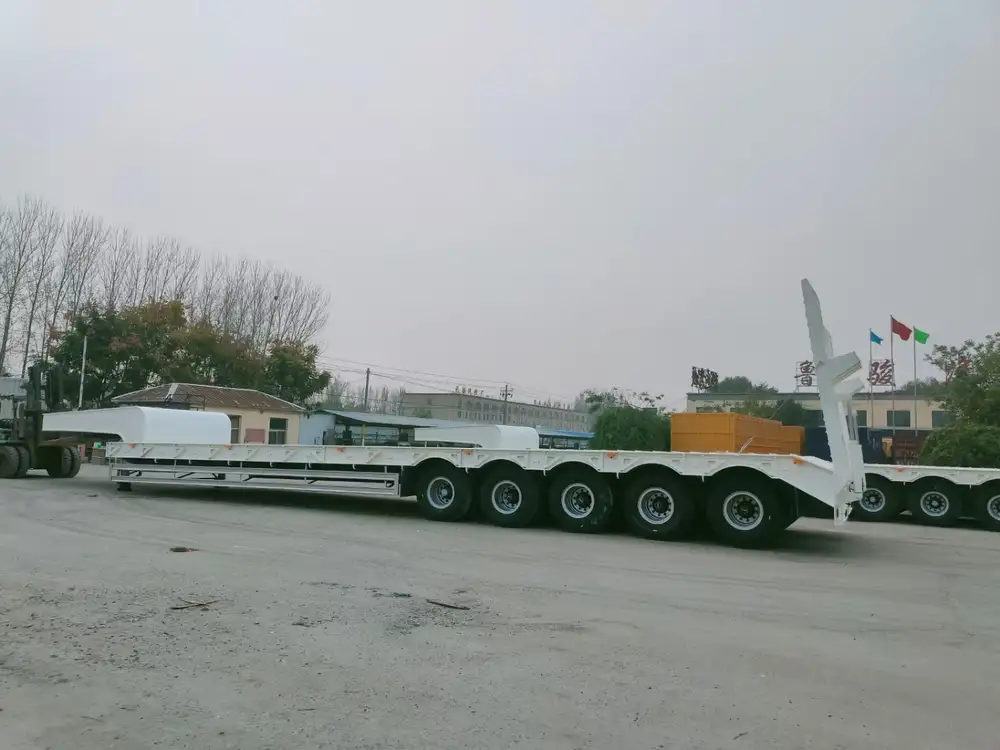
Regulatory Compliance
Adhering to load security regulations ensures uninterrupted operations, avoiding fines, and fostering a reputation for reliability and safety in the industry.
Common Mistakes in Load Securing and How to Avoid Them
Even with training, certain common mistakes can compromise load security. Awareness and proactive measures can help mitigate these risks.
1. Inadequate Inspection of Securing Devices
Solution: Implement routine inspections and maintenance schedules to ensure all securing equipment is in optimal condition.
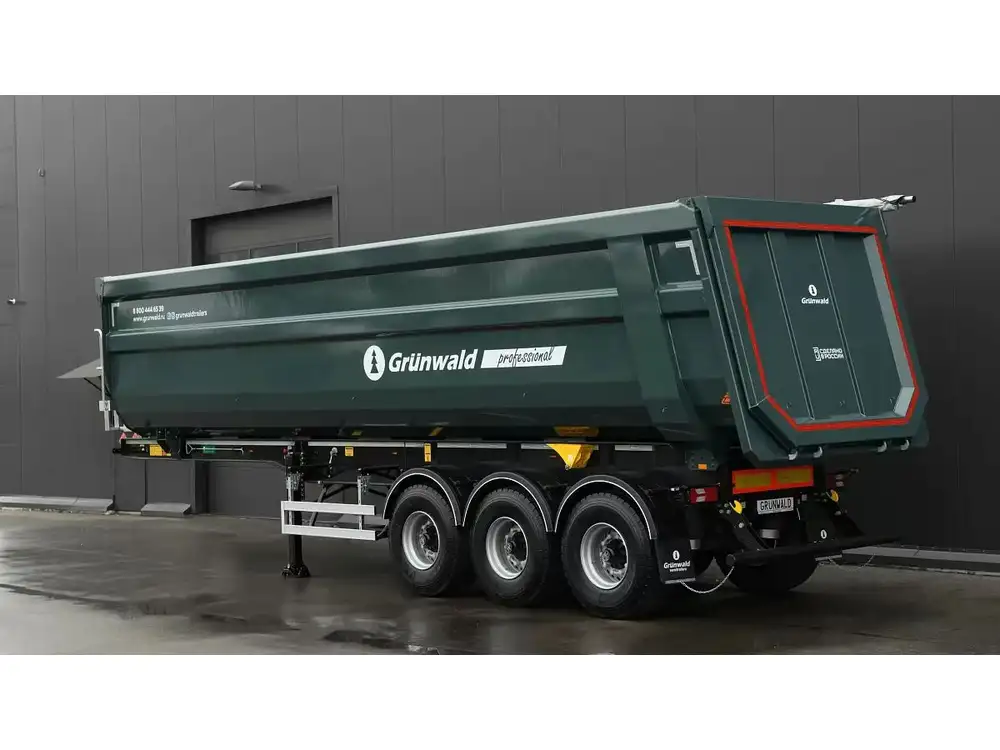
2. Improper Load Distribution
Solution: Train personnel on weight distribution principles and utilize load planning tools to achieve balanced cargo placement.
3. Overlooking Regulatory Changes
Solution: Stay updated with the latest regulations through continuous education and integrate changes into training programs promptly.
4. Relying Solely on Visual Checks
Solution: Incorporate load sensors and monitoring technologies to provide real-time data on load stability, complementing visual inspections.
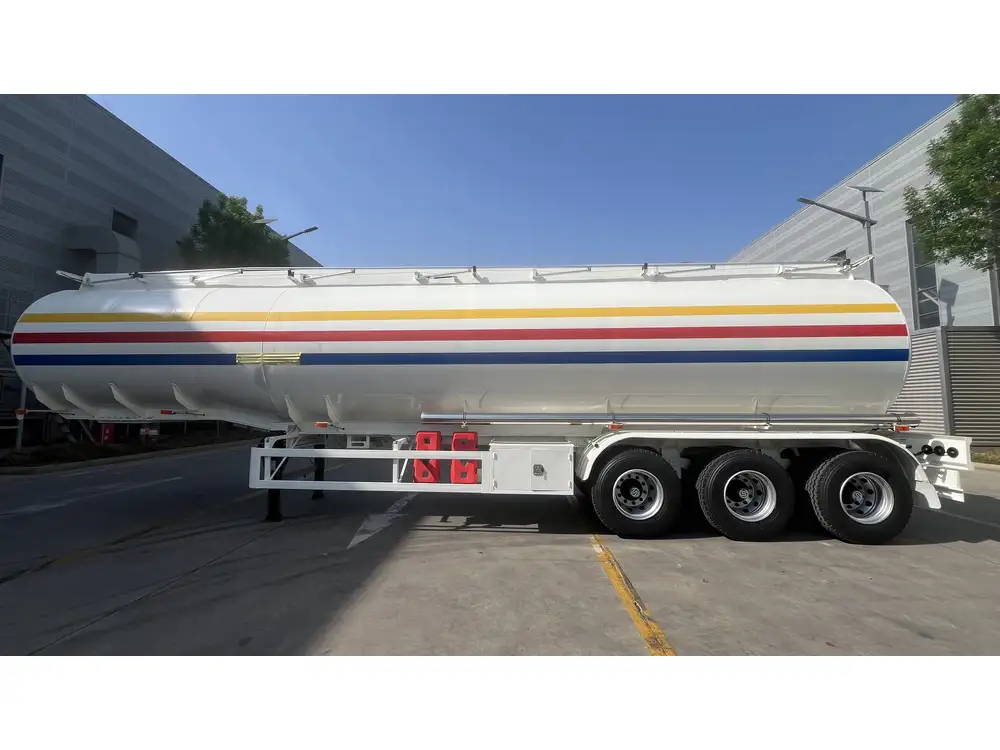
Leveraging Technology for Superior Load Security
The integration of advanced technologies can revolutionize load security practices, offering enhanced precision and real-time monitoring capabilities.
Load Monitoring Systems
These systems provide continuous surveillance of load movements, alerting operators to any anomalies that may indicate shifting or securing failures.
Automated Tensioning Devices
Automated tensioners adjust securing devices dynamically, maintaining optimal tension levels throughout transit and adapting to changing conditions.

Data Analytics for Load Security
Utilizing data analytics can identify patterns and potential vulnerabilities in load securing practices, enabling data-driven improvements and proactive risk management.
Implementing a Culture of Safety and Continuous Improvement
Creating a culture that prioritizes safety and embraces continuous improvement is essential for sustained excellence in load security.
Leadership Commitment
Management must demonstrate a commitment to safety by allocating resources, supporting training initiatives, and encouraging open communication regarding load security concerns.

Employee Engagement
Involve employees in safety programs, solicit feedback, and recognize contributions to fostering a sense of ownership and accountability.
Continuous Training and Development
Regularly update training programs to incorporate the latest industry practices, technologies, and regulatory changes, ensuring that personnel remain informed and competent.
Case Study: Success Through Comprehensive Load Security Training

Client Profile
A leading logistics company faced frequent incidents of cargo shifting, resulting in delays and increased insurance costs.
Challenges
- Inconsistent load securing practices across the fleet
- Lack of standardized training programs
- Outdated securing equipment
Solution by CarMax Trailer
CarMax Vehicle provided a tailored load security training program, introduced state-of-the-art securing devices, and redesigned their semi-trailers with advanced load securing features.

Results
- Reduction in Cargo Shifting Incidents: Decreased by 75% within six months.
- Operational Efficiency: Improved loading times and reduced delays by 30%.
- Cost Savings: Lowered insurance premiums and minimized cargo damage costs.
- Enhanced Compliance: Achieved full regulatory compliance, avoiding fines and enhancing reputation.
Future Trends in Load Security Training
As the transportation industry evolves, so do the strategies and technologies associated with load security. Anticipating and adapting to these trends can provide a competitive edge.
Integration of Artificial Intelligence
AI-driven systems can predict potential load security issues by analyzing data patterns, enabling preemptive actions to prevent cargo shifts.
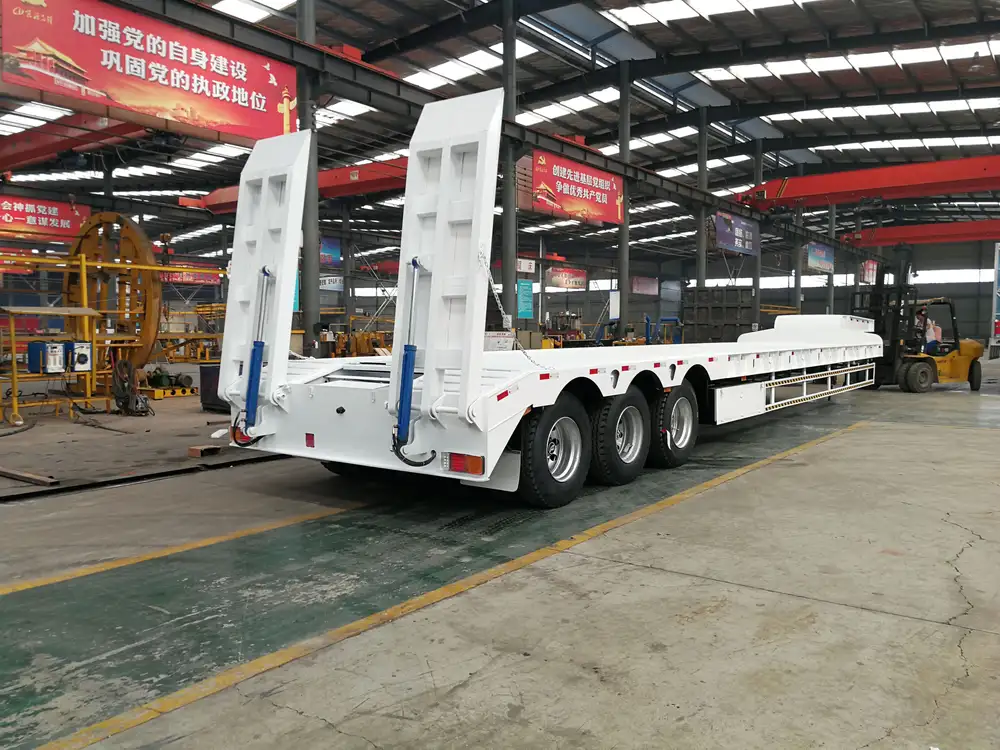
Virtual Reality Training
VR-based training modules offer immersive, realistic scenarios for trainees to practice load securing techniques without real-world risks.
Sustainable Load Securing Practices
Emphasizing eco-friendly securing methods and materials aligns with sustainability goals and reduces the environmental impact of transportation operations.
Conclusion: Prioritizing Load Security for a Safer Tomorrow
At CarMax Vehicle, we recognize that effective load security training is integral to the success and safety of transportation operations. By implementing comprehensive training programs, utilizing advanced technologies, and fostering a culture of continuous improvement, we empower our partners to achieve unparalleled safety and efficiency in their logistics endeavors. Invest in load security training today to safeguard your operations and drive your business forward with confidence.
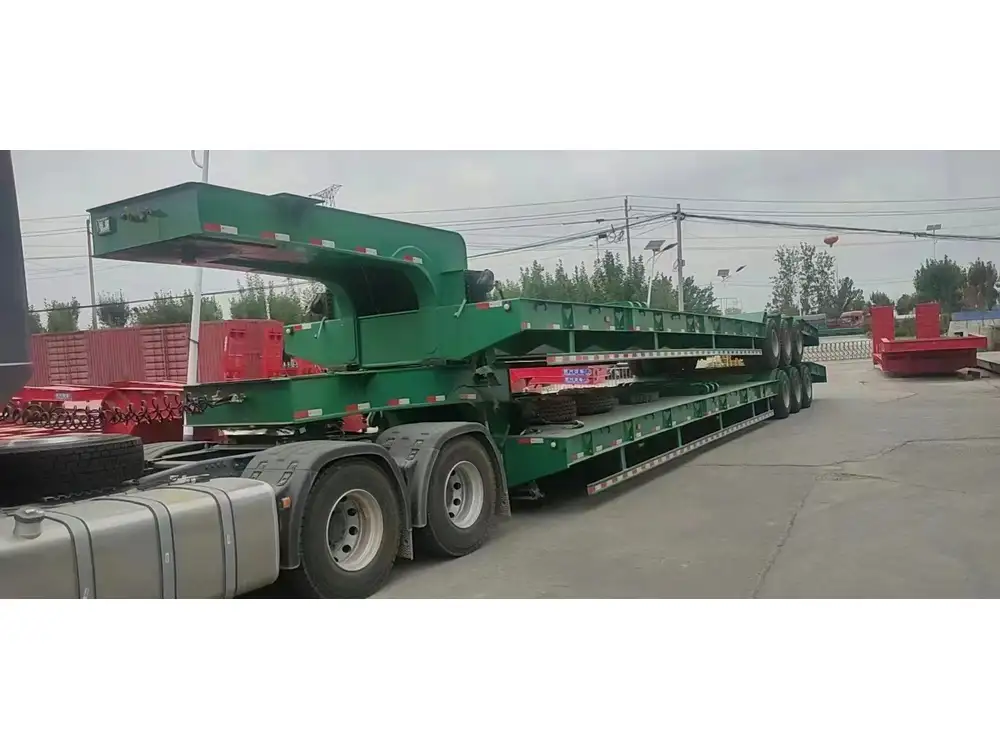
Frequently Asked Questions
1. Why is load security training essential for transportation companies?
Load security training is crucial as it ensures that cargo is properly secured, minimizing the risk of accidents, cargo damage, and non-compliance with regulations, thereby enhancing overall safety and operational efficiency.
2. What are the key elements of an effective load security training program?
An effective program includes comprehensive modules on load assessment, securing techniques, regulatory compliance, equipment proficiency, safety protocols, and emergency procedures, combined with hands-on training and assessments.
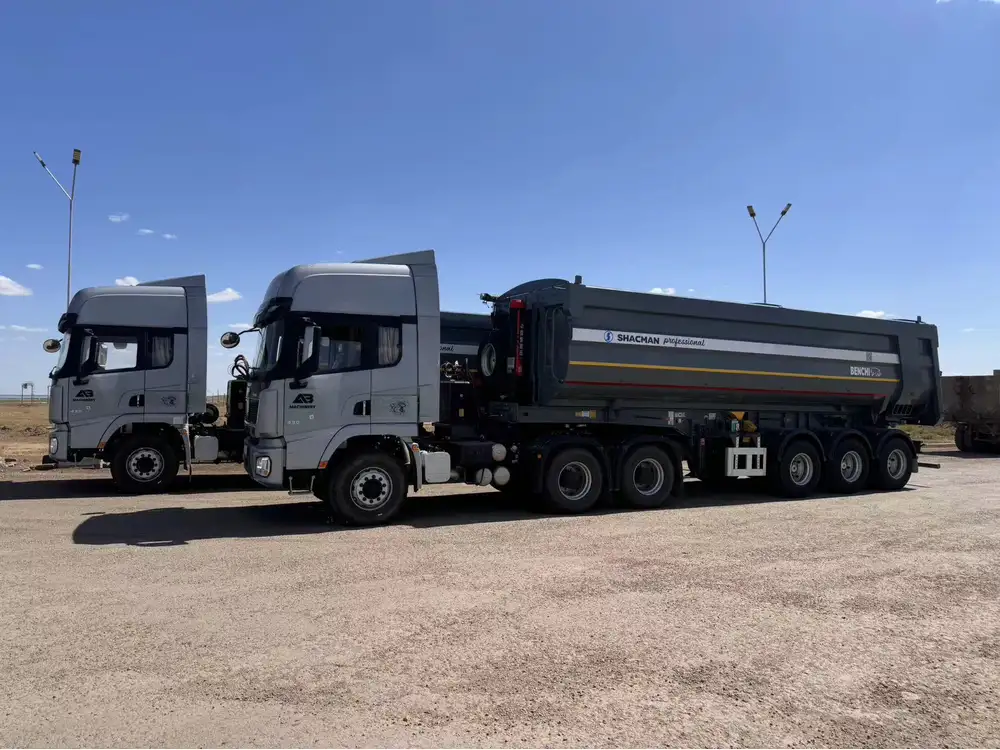
3. How does CarMax Vehicle support load security training for its clients?
CarMax Vehicle offers tailored training programs, provides state-of-the-art securing equipment, designs customized semi-trailers with advanced load securing features, and continuously updates training materials to reflect the latest industry standards and technologies.
4. What are the common mistakes to avoid in load securing?
Common mistakes include inadequate inspection of securing devices, improper load distribution, neglecting regulatory updates, and relying solely on visual checks without utilizing monitoring technologies.
5. How can technology enhance load security practices?
Technology such as load monitoring systems, automated tensioning devices, and data analytics can provide real-time insights, maintain optimal securing conditions, and enable data-driven improvements in load security practices.



